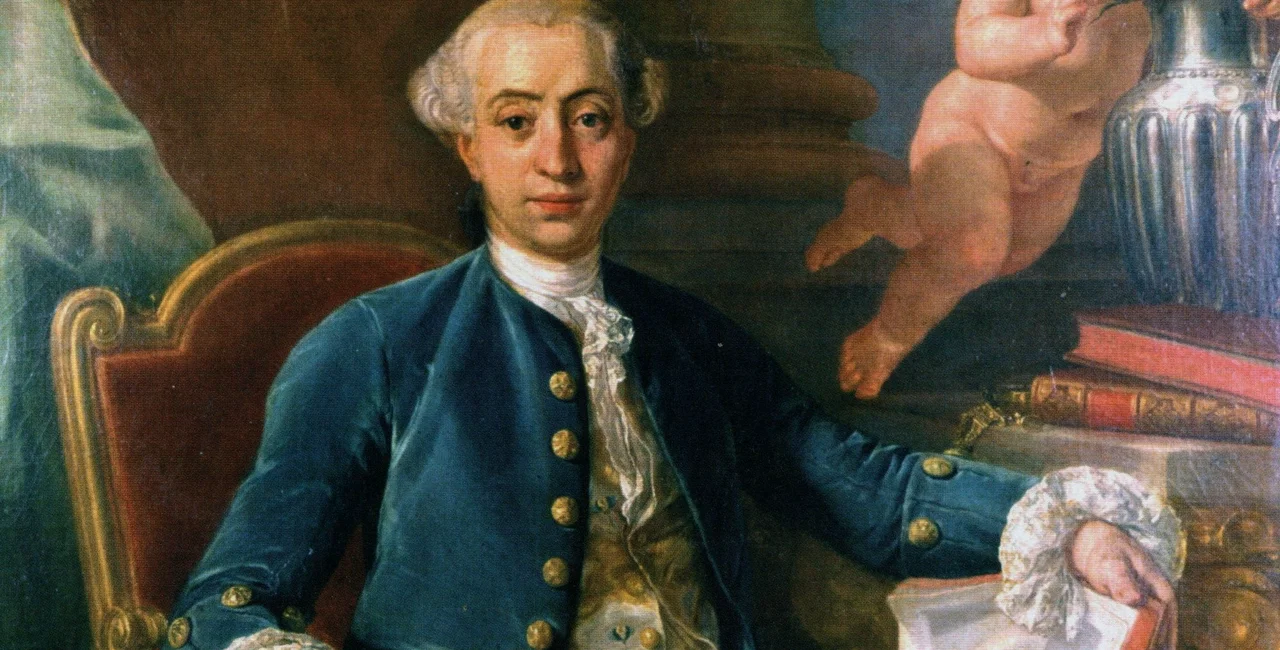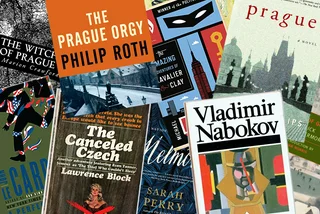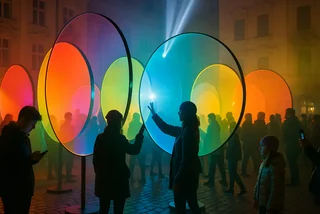A city made for literary greatness
A casual stroll through Prague is enough, even for non-literature aficionados, to notice that the city is basking in the international glory of Franz Kafka. After a modest life plagued by physical and mental health issues, the Prague-born, Jewish, and German-speaking author has posthumously reached a fame of rockstar proportions, and is now immortalized in countless statues (including a kinetic, rotating head inspired by his “Metamorphosis”), as well as decorating fridges worldwide with his piercing gaze.
However, foreign writers have also documented at length the charms of Czech lands, in storytelling that is nothing less than Kafkaesque. Here is how five of them told the story of the Golem, had their characters lose their way in Prague after too much beer, and spoke about Czech foods in Tripadvisor-worthy reviews.
Cycling adventures and Czech beer
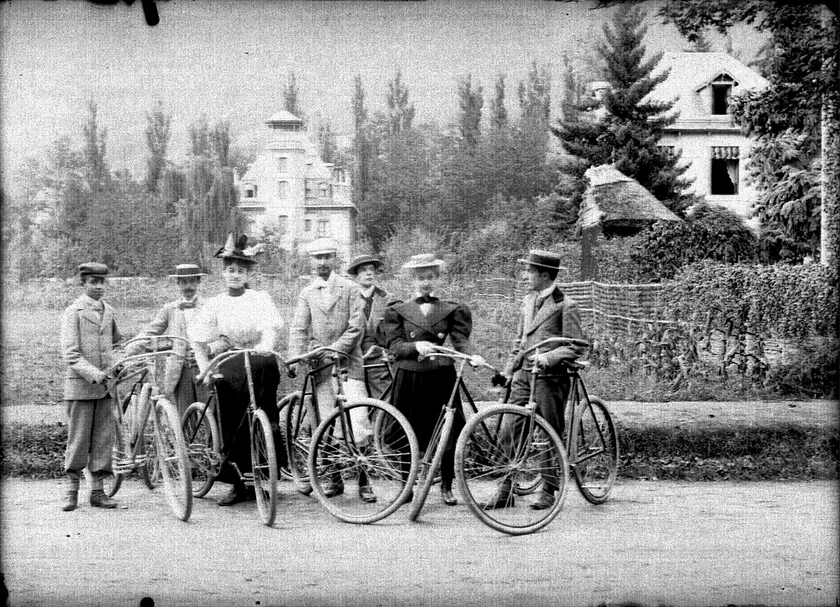
Are you worried about a friend’s increasing fondness for Czech beer? In this case, you can pass them a copy of Englishman Jerome K. Jerome’s “Three Men on Wheels” (also known as “Three Men on a Bummel). The book is a sequel to his most famous work, “Three Men on a Boat (Without Counting the Dog),” and became a best seller in its own right – to the extent that it was used as a schoolbook in Germany. While much of the plot, which sees three English friends taking a trip on bikes away from their nagging families, carries them across Germany, the trio also ventures across the border, all the way to Prague, then part of the Austro-Hungarian empire.
The arrival in the Czech lands is an occasion for the narrator to touch upon ethnic tensions between Czechs and ethnic Germans, as exemplified by the advice given to foreign visitors to refrain from speaking German with the locals. He later adds that the trio had no choice, given the complexities of Czech, which he compares to Chinese.
As his friend George begins to show “an increasing fondness” for Pilsner beer, leading to a growing waistline, his two friends play a prank on him. At that time, local authorities were testing out the best setting for a new statue of an unnamed equestrian figure; as such, three wooden replicas were set in various spots of the city center, such as Karlovo Namesti, the then-Franz Josef bridge, and the center of Vaclavske Namesti. After George overstepped the limit of his beer consumption, his two friends took him on a walk that included all three statue replicas, which led to enough confusion and terror to make him give up drinking beer for good. As a side note, the author himself said that, instead of beer, he prefers drinking local Czech white wine, with a touch of sparkling water – a better drink for cyclists, apparently.
Casanova's Czech connections
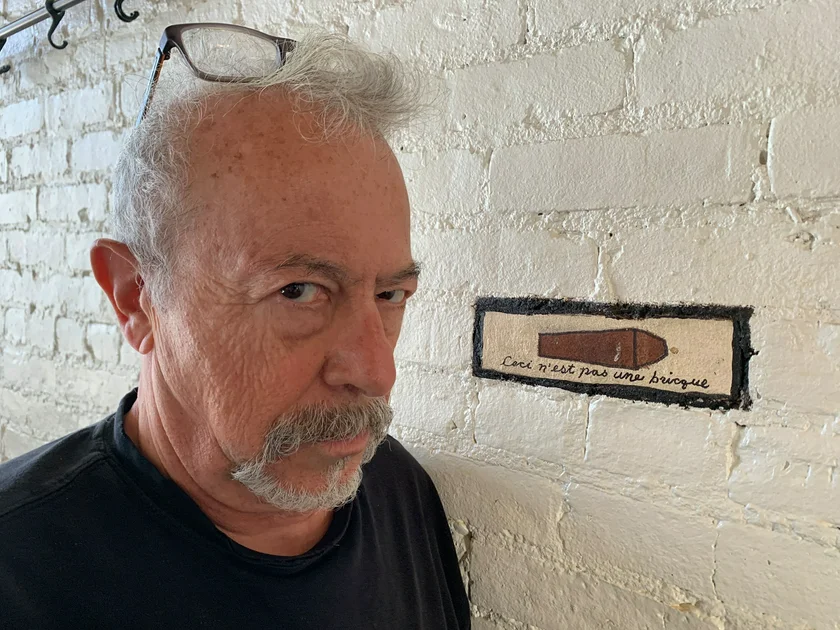
Romanian-born, U.S. writer Andrei Codrescu also focused on the finer things that the Czech lands have to offer in his novel “Casanova in Bohemia.” Covering the last years in the life of the famed Italian adventurer and Lothario Giacomo Casanova, the novel is dedicated to “the broken charm of Venice and Prague.” While the former, where Casanova was born and spent part of his youth, banished him after he wrote a satire on Venetian nobility, the latter embraced him. Codrescu even imagines a meeting between Casanova and Wolfgang Amadeus Mozart, then in the process of completing his opera “Don Giovanni,” at a dinner party that, as you would expect from Casanova, turned into an orgy.
During that same trip to Prague, Casanova, eager to make some quick money, and capitalize on his reputation like an influencer nowadays would, sold a pharmacist with a shop on the Golden Lane a recipe for pills claiming to be an 18th century version of Viagra.
Fine dining – and Casanova’s repulsion of the Czech cuisine – remains a constant theme during his stay at the Duchcov castle in Bohemia, where he was hired as the librarian of count Joseph Karl von Waldstein. The book opens with a dinner scene where the Italian is repulsed by a dinner of fatty ham, pickled red cabbage, and a boiled potato – a far cry from the cantaloupe with prosciutto that he had been dreaming about. As he befriends his chambermaid, and cook, his meals take a finer turn, and feature baked pear with steak. While Duchcov became the final resting place for the remains of Casanova, Codrescu imagines him living on through the ages, and even completing a “History of Cheeses” that he publishes in Paris.
In search of lost Czech roots
While Codrescu’s Casanova maintains his joie de vivre until his dying hour, German W.G. Sebald’s Jacques Austerlitz, the hero of the eponymous novel "Austerlitz," is cut from a different, less Epicurean cloth. Prompted by a mental breakdown to find his origins, UK-based Austerlitz hears on a BBC radio show a fortuitous story about Kindertransport – a humanitarian effort to bring Jewish children from Nazi Germany-occupied Central Europe to Britain in the late 1930s – that takes him back to his native Prague.
The stunning novel, which the Guardian ranked fifth on its list of the 100 best books of the 21st century, is a meditation on the nature of memory, and a journey within the psyche of its main protagonist, as much as one back to the Central Europe of the last century. Its memory aids which range from photos – which Sebald intersperses throughout the narrative – to words and stories in Czech that Austerlitz remembers once he hears them again from his childhood nanny Vera. On one occasion, the two of them sit on a bench overlooking the springtime Mala Strana, which feels like “an old painting with a slightly cracked varnish.”
In a bid to learn about the fate of his mother Agata, a Jewish actress deported from Prague, Austerlitz also travels to Terezin, which, in the early 1990s, offers a bleak picture, and few answers for its visitors. Feeling forlorn, Austerlitz peers into the windows of an antique shop – apparently the only shop in central Terezin – and wonders about the meaning of its merchandise, “which survived their old possessors, and the process of destructions, so much so that I could see myself among them – unclear and barely recognizable – and even my own shadow.”
Exploring Prague's Jewish heritage
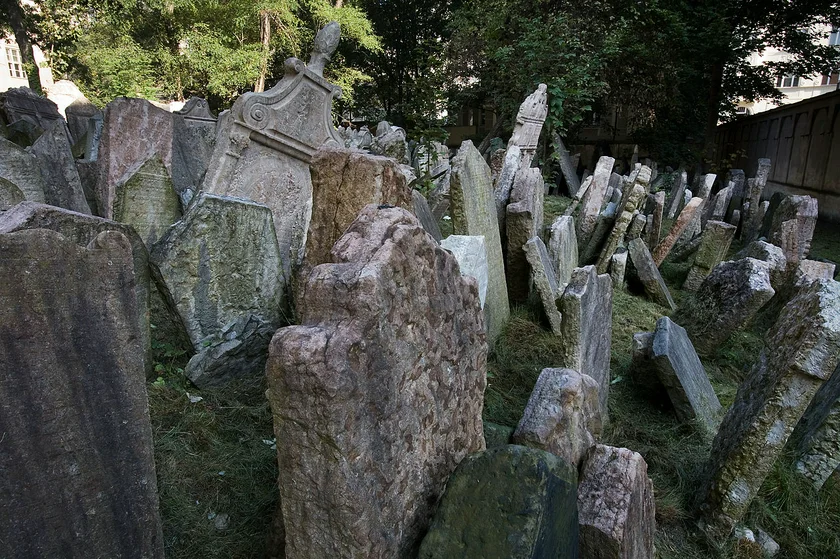
One of the mainstays of Prague lore is the legend of the Golem, which Marek Halter also made the subject of his book called the “Kabbalist of Prague.” The Polish-born French author takes on David Gans, an 16th-century Jewish mathematician, astronomer, and chronicler, as his narrator of the tale of the creation – and eventual destruction – of the brainchild of the famed Rabbi Loew.
Most versions of the Golem legend see the Maharal of Prague fashion from the mud of Prague a gigantic figure meant to protect the local Jewish community, and then bring it to life through the sacred powers of various letters of the Jewish alphabet (in this case, EMET, meaning “truth”). This one also throws a love story into the mix, involving Gans and the charming granddaughter of Maharal, which later plays a seminal role in the Golem story.
So does Prague, which became “the jewel of Europe, the Jerusalem of new times” under the reign of Emperor Rudolph II, who, from the start of his reign, decided to “move there his court [from Vienna, in 1583], his riches, and his whims,” which led to the city flourishing and expanding. Rudolph’s interest in natural sciences, mysticism, and astronomy is also described in detail, as characters like Tycho Brache and Johannes Kepler enter the scene and share their scientific works with Gans.
19th century conspiracies and disinformation
Last but not least, Italian Umberto Eco’s “Prague Cemetery” features very little of the actual Prague, but a lot of other topics that have gained increasing traction in the decade since the novel was published, such as conspiracy theories and fake news. Set in the second half 19th century, it follows its protagonist, a forger and master crook named Simone Simonini, who shares Casanova’s thirst for adventure, and making easy money through questionable means. In Simonini’s case, the bar is set much higher, with Eco casting him as the author of the notorious "Protocols of the Elders of Zion," a text published in Russia in 1903 that allegedly revealed Jewish plans for world domination, and that became a cornerstone of 20th century antisemitism. The head-spinning narratives sees a writer use the forged document as source material for its novel, leading to accusations that Simonini’s work was, in fact, a rip-off instead of classified information.
In the novel itself, Simonini’s imagination is stoked after looking at engravings of the Prague cemetery under the moonlight, a “witchy pandemonium” that he goes on to populate with 12 scheming rabbis coming from all over Europe, seen from the perspective of an anonymous witness to the gathering. The topic of the meeting: discussing new revenue streams to fund the destruction of the Christian population of the continent. In an interview with the Guardian, Eco said that his interest in such conspiracies came via his background in the philosophy of language and semiotics, which includes the study of lies. "From lies to forgeries the step is not so long,” Eco said, adding that the Protocols is the “most famous and terrible of those forgeries.”
Filtered through Eco’s postmodern sensibility, Prague, and its Jewish cemetery, with its “spectral and anemic melancholy” loom large in the book despite its main character never even setting foot there. Kafka, with his love of whimsical storytelling and haunting settings would have likely approved of this.












 Reading time: 7 minutes
Reading time: 7 minutes 